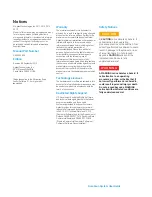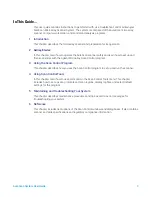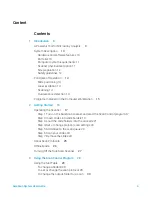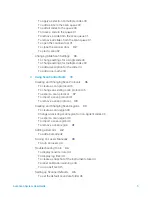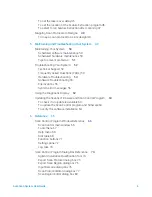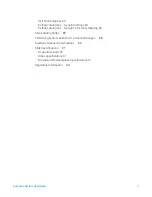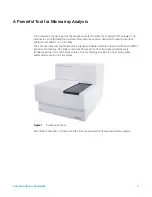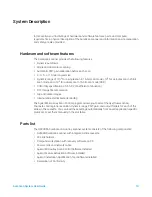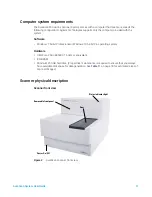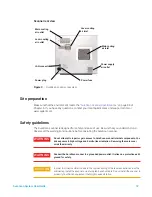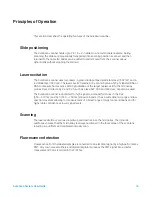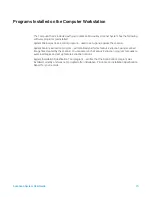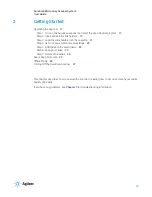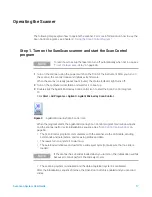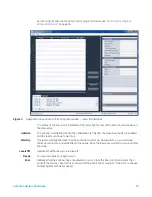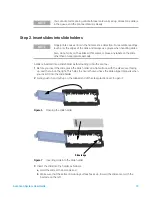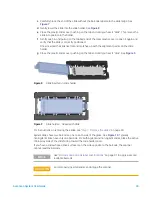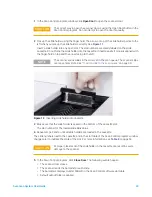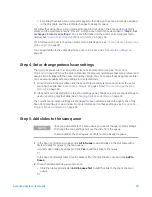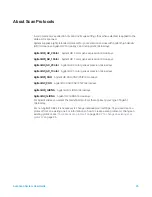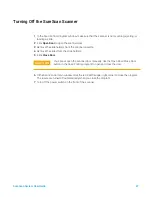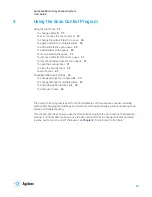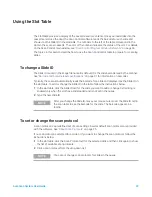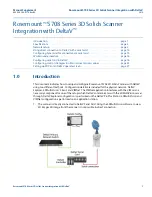
SureScan System User Guide
14
Principles of Operation
This section describes the operating features of the SureScan scanner.
Slide positioning
The SureScan scanner holds up to 24 1 in
3 in slides in a nonremovable cassette. During
scanning, the slides are sequentially transported into scanning position, scanned, and then
returned to the cassette. Slides can be added to and removed from the scanner queue
dynamically without stopping the scanner.
Laser excitation
The SureScan scanner uses two lasers; a green diode-pumped solid-state laser (532 nm) and a
red diode laser (640 nm). The lasers excite Cyanine-3 (Cy-3) and Cyanine-5 (Cy-5) labeled RNA or
DNA to measure fluorescence after hybridization of the target nucleic acid to the microarray
probes. Dyes similar to Cy-3 and Cy-5, such as Alexa 647, 555, and 660 dyes, can also be used.
The SureScan scanner is optimized for high signal-to-noise performance in the Cy-3
(550 – 610 nm) and Cy-5 (650 — 750 nm) emission bands. It has a wide dynamic range and low
spectral crosstalk, allowing for measurement of a broad range of target concentrations and for
higher data confidence at lower signal levels.
Scanning
The laser excitation is scanned rapidly up and down across the microarray. The dynamic
autofocus ensures that the microarray is always positioned in the focal plane of the scan lens,
resulting in a uniform and calibrated-intensity scan.
Fluorescence detection
Fluorescence from the labeled samples is converted to an electrical signal by a high-performance
PMT. Very low noise amplifiers and digital integrators process the PMT signal into a digital
measurement that is recorded in the TIFF file.


